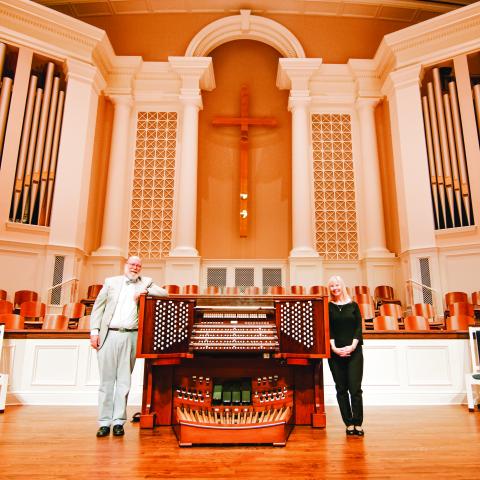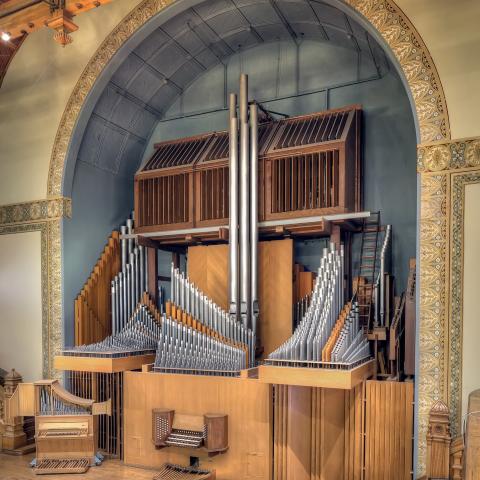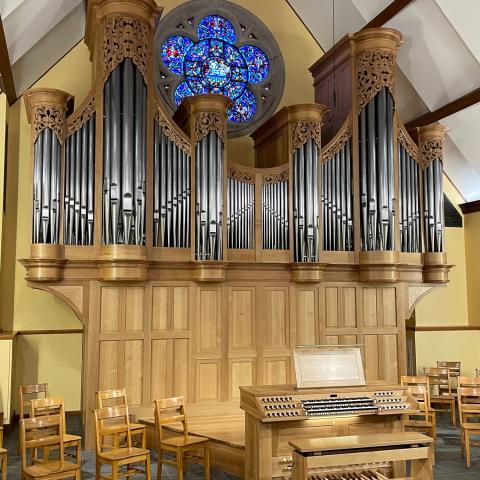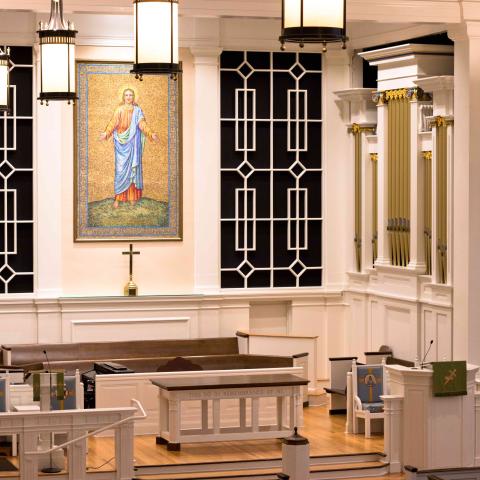
Hochhalter, Inc., Salem, Oregon, has completed a renovation of 1962 Casavant Frères, Limitée, Opus 2860 for the Episcopal Church of the Good Samaritan, Corvallis, Oregon.
Work included new façade pipes, all new reeds, including a full-length Pedal 16′ Trombone, console solid-state conversion and switching system, selective revoicing, tonal regulation, and a new Swell 8′ Diapason. The façade was moved forward 12 inches to allow space for the 16′ Trombone and Great 8′ Trumpet. The general character of the flues was retained by request.
Nancy Dunn is director of music and organist for the church.
For information: www.hochhalter.com.







